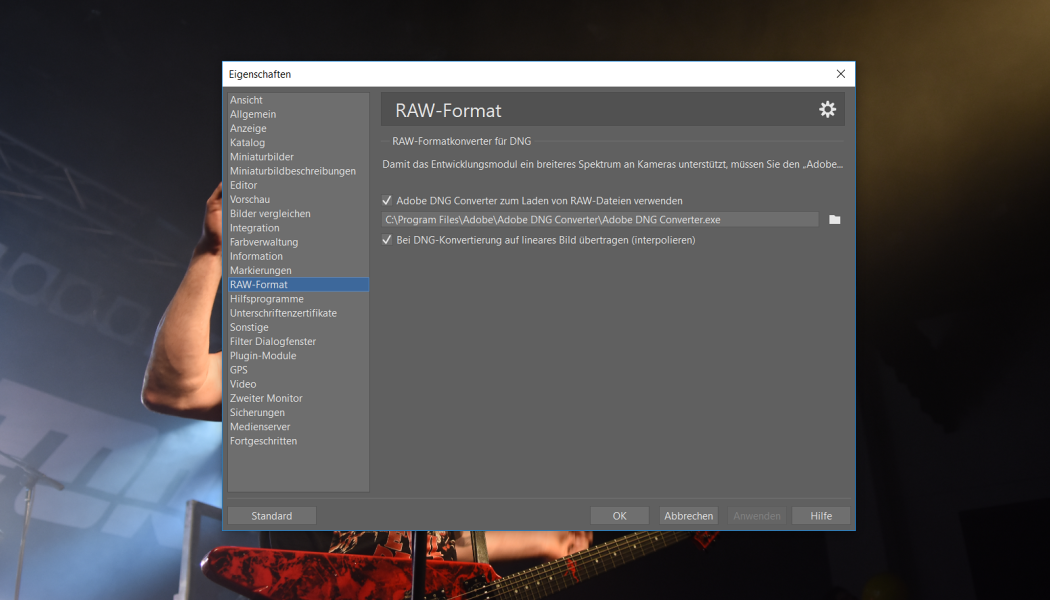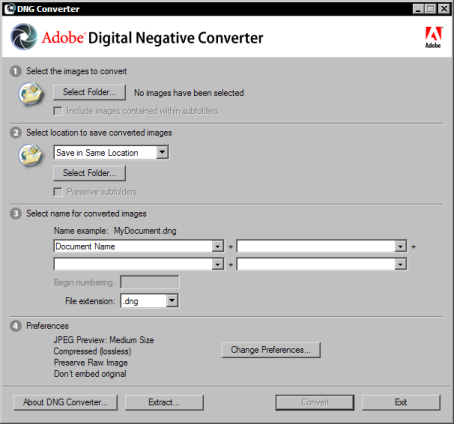
That means faster loading when opening an image in Adobe Lightroom or Camera Raw. This stores a standard-size preview within the file itself. They’re also faster – With DNG, you’ll benefit from a quicker performance by using Fast Load Data.DNG files are around 20% smaller than RAW files, while maintaining the same image quality.You can be safe in the knowledge that archiving your raw images as DNG files means you’ll still be able to access them in the future. There are more than 500 different types of raw files, with more created all the time, so DNG file is largely flexible and future-proof.So far, so good – but why should or shouldn’t you use DNG files in your day-to-day photography? The files themselves are slightly smaller than other RAW file types, saving room in storage and time in transferring to your hard drive.
#Adobe dng software#
Today, tech giants such as Apple, Google, and Samsung support the format.Ī DNG file stores uncompressed image data on your camera, ready for post-processing in a variety of image editing software programs. Sometimes, they even lost their photographs if they hadn’t transferred their images before the file types became incompatible with new technology.Īdobe launched the Digital Negative Specification in 2004 to encourage camera makers to standardize the file types used and shared by photographers. This gave photographers a headache because their files were often incompatible with editing software.


The creation of DNG files gives photographers greater control over their images and allows digital camera manufacturers to work to a consistent, open standard.Ī DNG file stores uncompressed image data on digital cameras from numerous manufacturers, allowing users to store, share, and edit their work without hitting compatibility barriers.īefore the launch of the DNG file, different camera manufacturers - and occasionally different camera models - used their own proprietary technologies to capture RAW images. With an abundance of different cameras and editing software on the market, file compatibility has proved a challenge for photographers when sharing and developing their work. It’s a type of raw file format used in digital photography, developed on the TIFF 6.0 format.


 0 kommentar(er)
0 kommentar(er)
